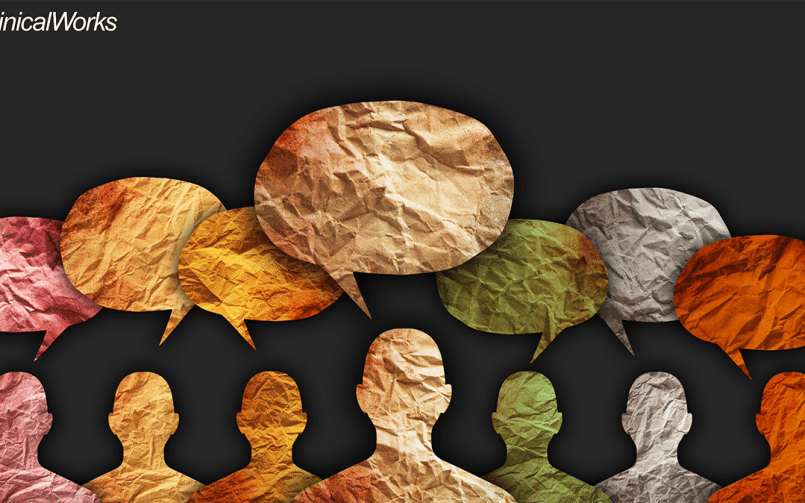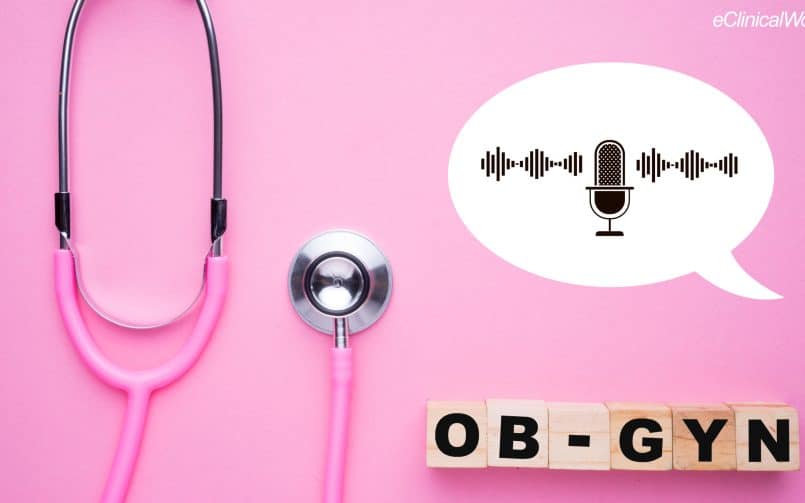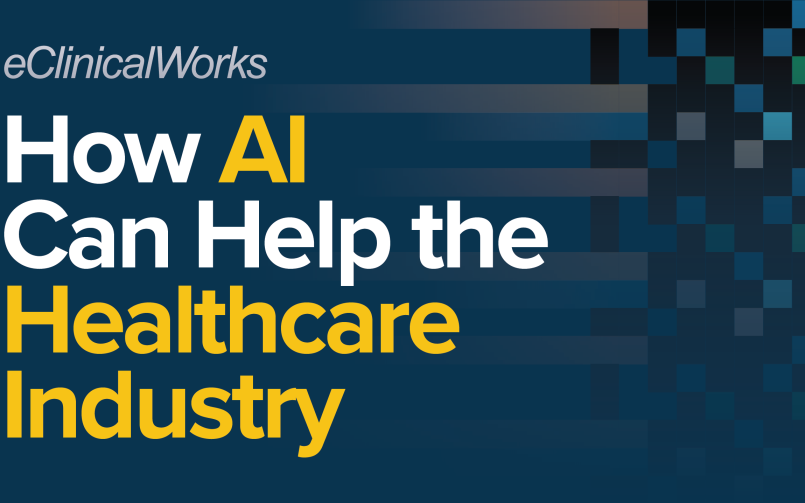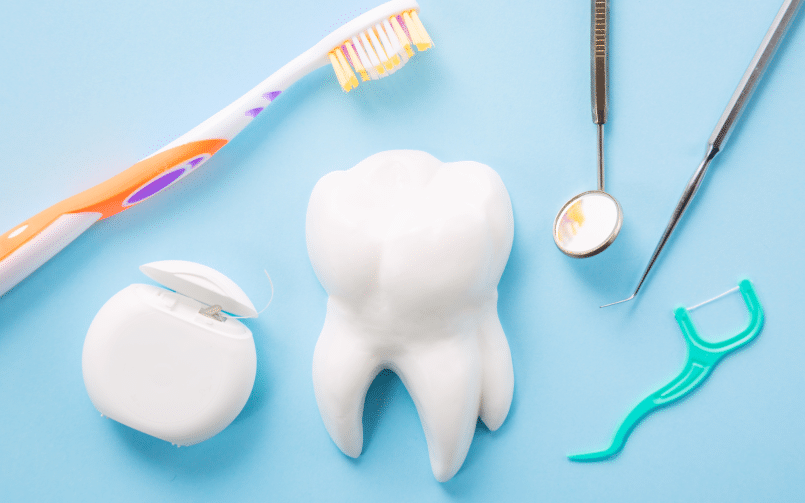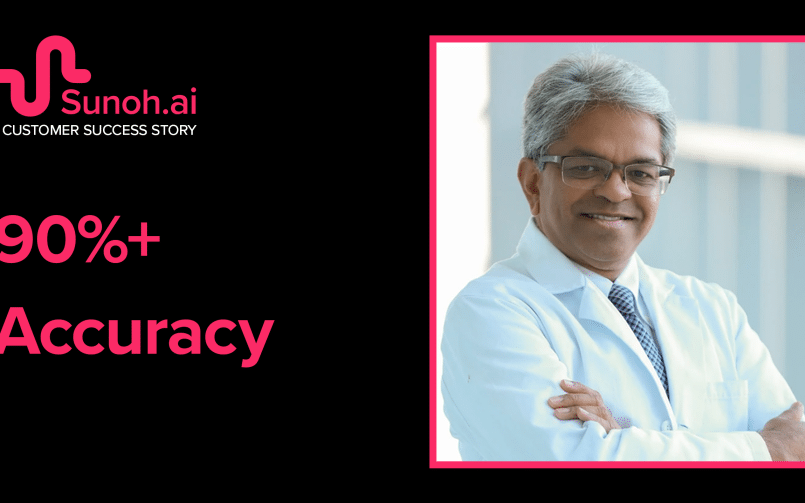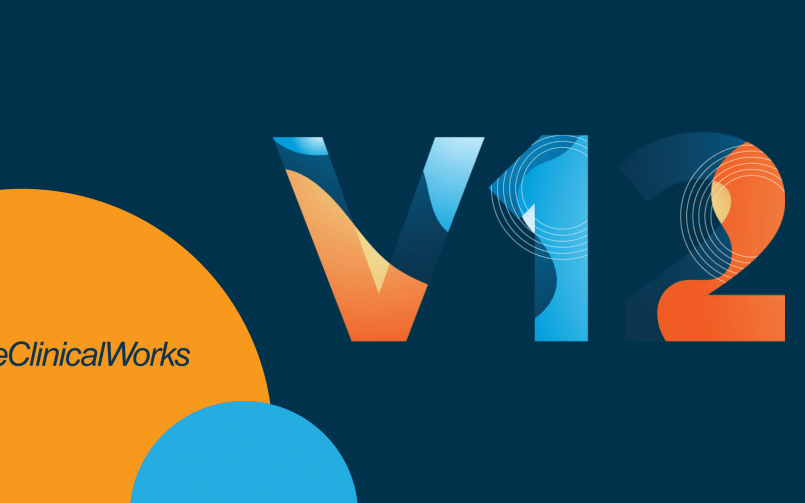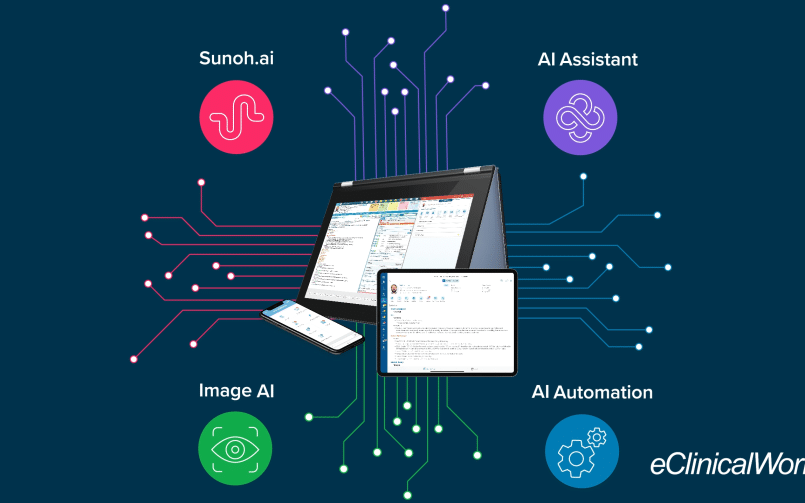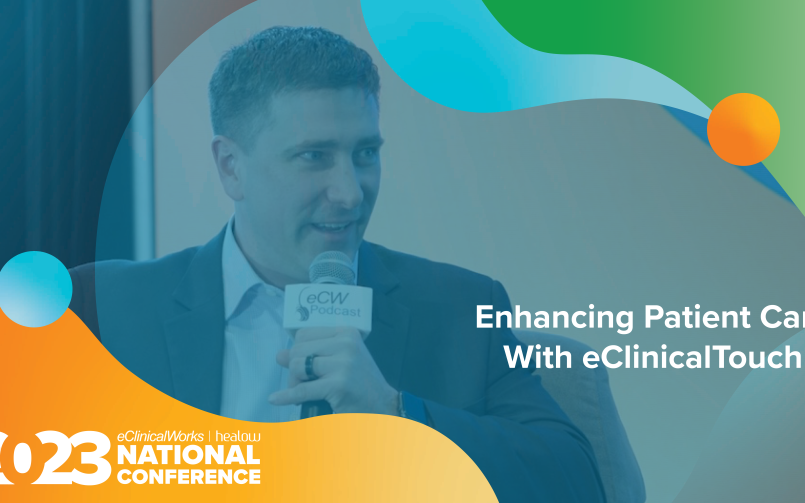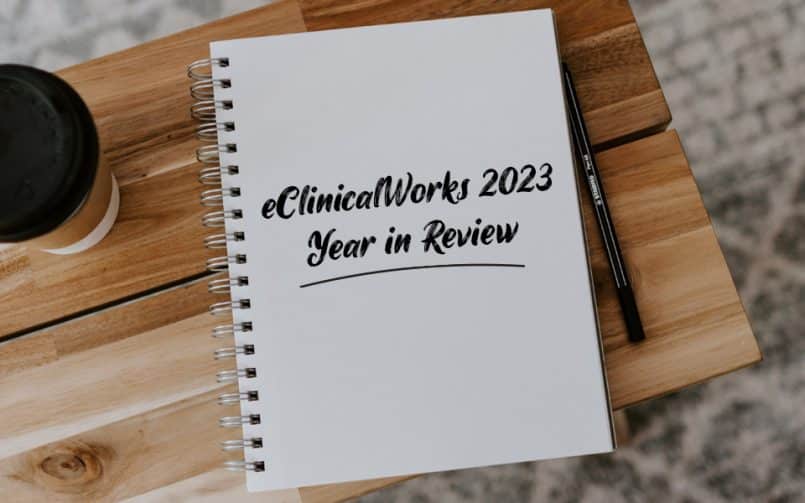The Benefits of Multifaceted AI Scribe Accessible on Multiple Devices
- 8 February 2024
- Blog
eClinicalWorks

eClinicalWorks integrates AI-powered ambient listening technology, Sunoh.ai, with eClinicalMobile and eClinicalTouch apps
AI medical scribes are revolutionizing how medical professionals manage documentation. They improve the efficiency of medical records by seamlessly integrating with existing workflows and reducing administrative burdens. As healthcare continues to evolve, the adoption of AI dictation is set to rise, paving the way for a new era of precision in medical documentation.
Recently, eClinicalWorks® announced that Sunoh.ai, an AI-powered ambient listening technology, now seamlessly integrates with eClinicalMobile® and eClinicalTouch® apps on any iOS and Android smartphones, iPads®, and Microsoft® Windows® and macOS® devices. Sunoh is a medical AI scribe that transcribes natural patient-provider conversations into clinical documentation. Its unique and immersive experience makes clinical note documentation faster and more efficient.
Using AI scribes across multiple devices brings all sorts of benefits to the table. For example, when used on mobile devices, AI scribes enhance patient engagement by allowing providers to maintain eye contact and interact more effectively with patients. Medical AI scribes reduce the reliance on manual documentation and note-taking. The combined capabilities of enhancing patient-provider interactions and streamlining clinical documentation improve overall efficiency in healthcare practices.
Key Features of a Multifaceted AI Scribe
The benefits of AI scribe accessibility on multiple devices include enhanced mobility, streamlined workflows, and improved collaboration among healthcare professionals. These advantages can improve efficiency and communication in healthcare settings.
- Enhanced Mobility: Medical AI scribes enhance mobility, flexibility, and patient care. Once a provider uses Sunoh.ai on one device, they can easily transition to another to access the transcription.
- Streamlined Workflows: Medical AI scribes drastically reduce documentation time, eliminating the need for human scribes and blending seamlessly into existing workflows. The ability to access patient medical histories at the point of care further streamlines the process.
- Automated Documentation: AI scribes optimize workflows and reduce the administrative workload through automation. This allows providers to spend more time with patients while being able to modify the summary notes. Workflow is improved, enhancing healthcare practices. By minimizing documentation tasks and reducing off-hours work, AI scribes aid in increasing job satisfaction.
- Improved Collaboration: Synchronization of AI scribes across multiple devices ensures that all team members can access the latest patient data, enabling more informed decision-making, real-time assistance and collaboration among providers, and cohesive patient care plans.
The accessibility AI scribes provide aids in better-informed decisions and care coordination, promoting enhanced collaboration among healthcare professionals, a key success factor in its implementation.
Using Sunoh.ai ambient listening technology via the mobile app offers adaptability, including:
- Real-time documentation of patient-provider conversations with an automatic summary allows the provider to listen to patients actively during a visit.
- The ability to modify summary notes and access existing recordings on any device.
- Easily transitioning to a device to access the recording and transcript once the provider has used Sunoh.ai on any other device.
Using AI scribes on multiple devices is a boon to the healthcare industry. They improve efficiency, streamline workflows, and assist in provider collaboration by providing real-time data input and automatic EHR population and allowing documentation in various settings.
For more information on how eClinicalMobile and eClinicalTouch provide the freedom of mobile documentation, visit eclinicalworks.com.




